With trash sorting regulations starting to take effect across China, we’ve compiled a general guide on how to dispose rubbish under the new rules. Though things like trashcan colors may differ by city, visitors and residents can generally expect uniform nationwide policies for throwing away garbage.
As of May 2020, trash sorting is now enforced in 18 cities across the Chinese mainland, including Shanghai, Xiamen, Hangzhou, Ningbo, Guangzhou, Shenzhen and Beijing. The waste sorting system will likely rollout across the country.
Improperly sorted trash could result in punishments for individuals and enterprises, with fines for offenders varying by city and province.
Below are the four main trash sorting categories (in Mandarin: 垃圾分类, laji fenlei). Note that waste sorting bins and stations are typically equipped with bilingual illustrated posters in English in Chinese to help familiarize people with the system.
1. Recyclable Waste (可回收物, kehui shouwu)
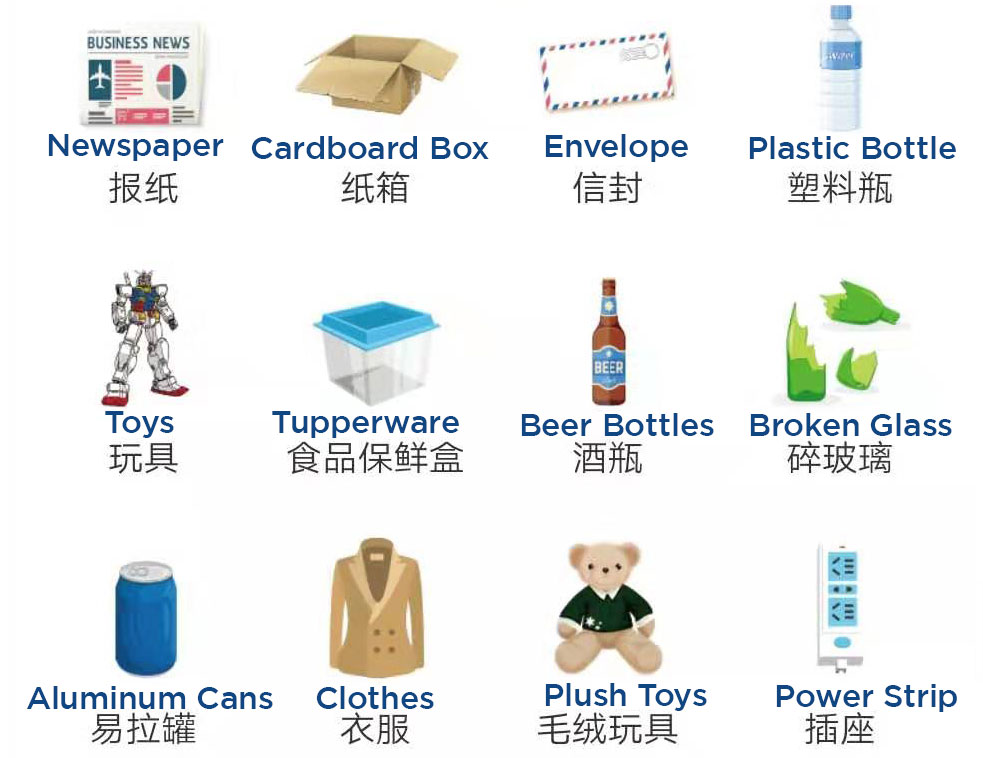
Screengrab via Alipay
This category covers anything which can be recycled or reused.
Examples: glass, metals, plastics, paper and articles made of paper, textiles, furniture, plastic bottles, basins and buckets
Bin color: Typically blue
Note: these items must be cleaned before being placed in the recycle bin
2. Hazardous Waste (有害垃圾, youhai laji)
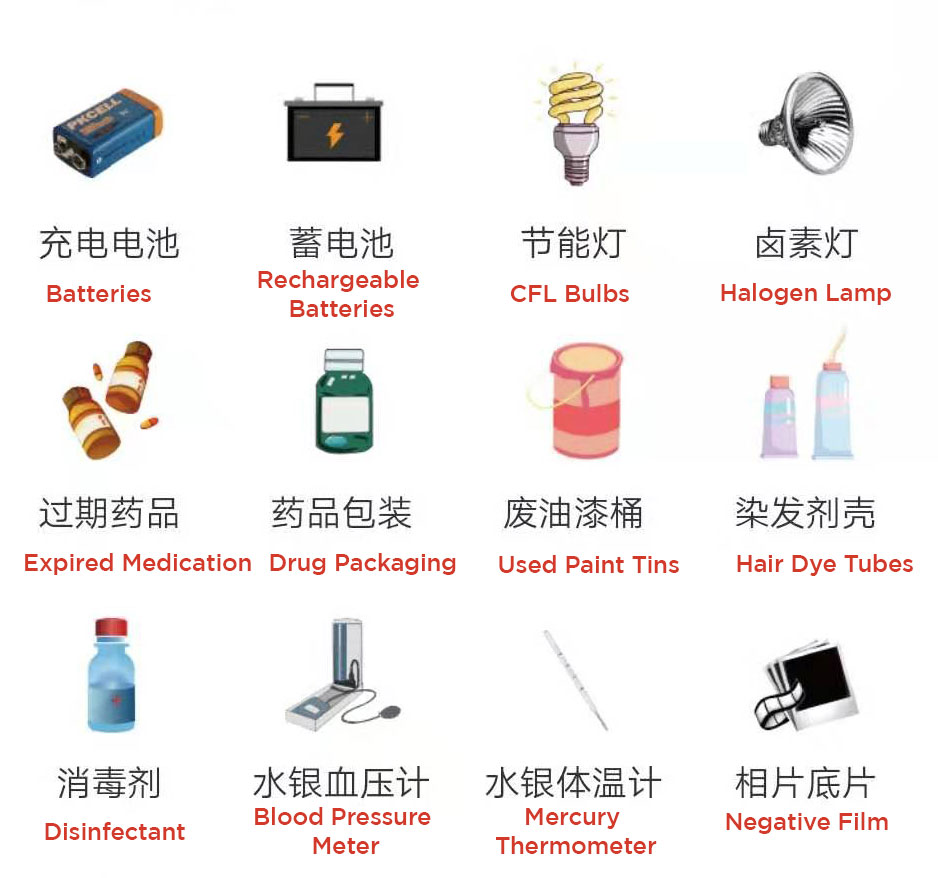
Screengrab via Alipay
Hazardous waste, as the name suggests, includes any waste that poses a direct or potential risk to human health or the natural environment.
Examples: used batteries, light bulbs, expired medicines, paint, mercury thermometers and pesticides
Bin color: Typically red
3. Household Food Waste (厨余垃圾, chuyu laji)
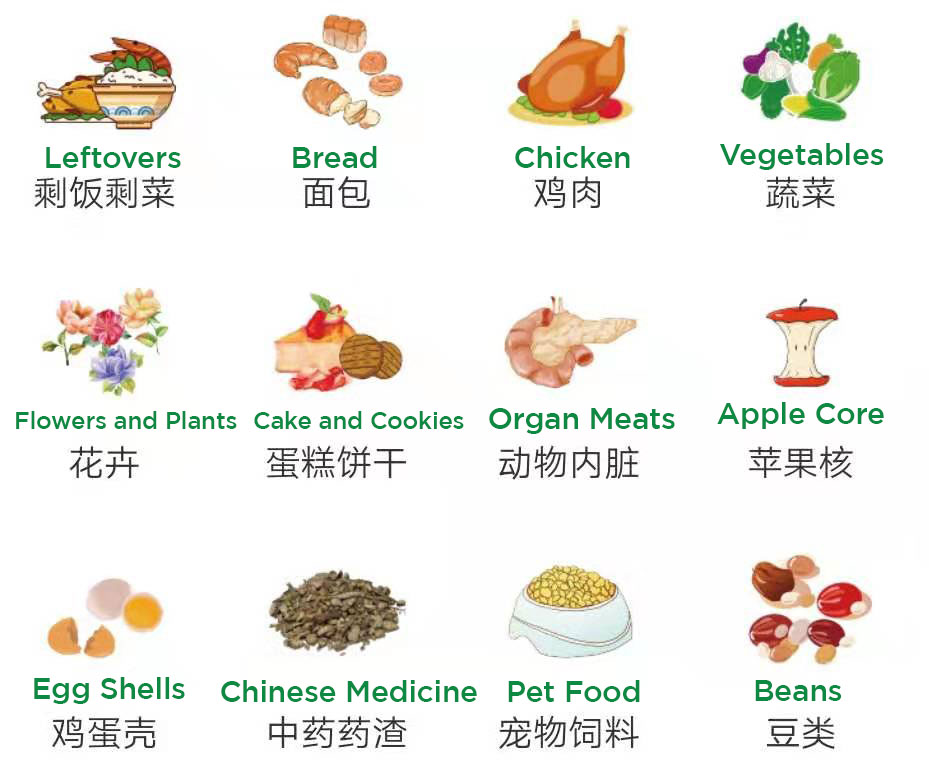
Screengrab via Alipay
Household food waste – which is translated to ‘wet trash’ (湿垃圾, shi laji) in Chinese – refers to food leftovers, rotten food, pet food, fruit peels, remains of TCM herbs and flowers. This category covers anything perishable or compostable.
Examples: leftovers, vegetables, used tea leafs, egg shells, fruit peels, soup leftovers and bones
Bin color: Differs by city, but kitchen waste bins are usually brown (Shanghai) or green (Shenzhen, Beijing)
4. Residual Waste (其他垃圾, qita laji)

Screengrab via Alipay
The definition of residual waste can be a little confusing, but basically refers to anything that is not already listed above.
Examples: bags, contaminated paper, dirty plastic bags, diapers, dirt, cigarette butts, paper and plastic takeout boxes, broken flower pots and bowls, wallpaper
Bin color: Usually gray or black
Test Your Trash Sorting Skills!
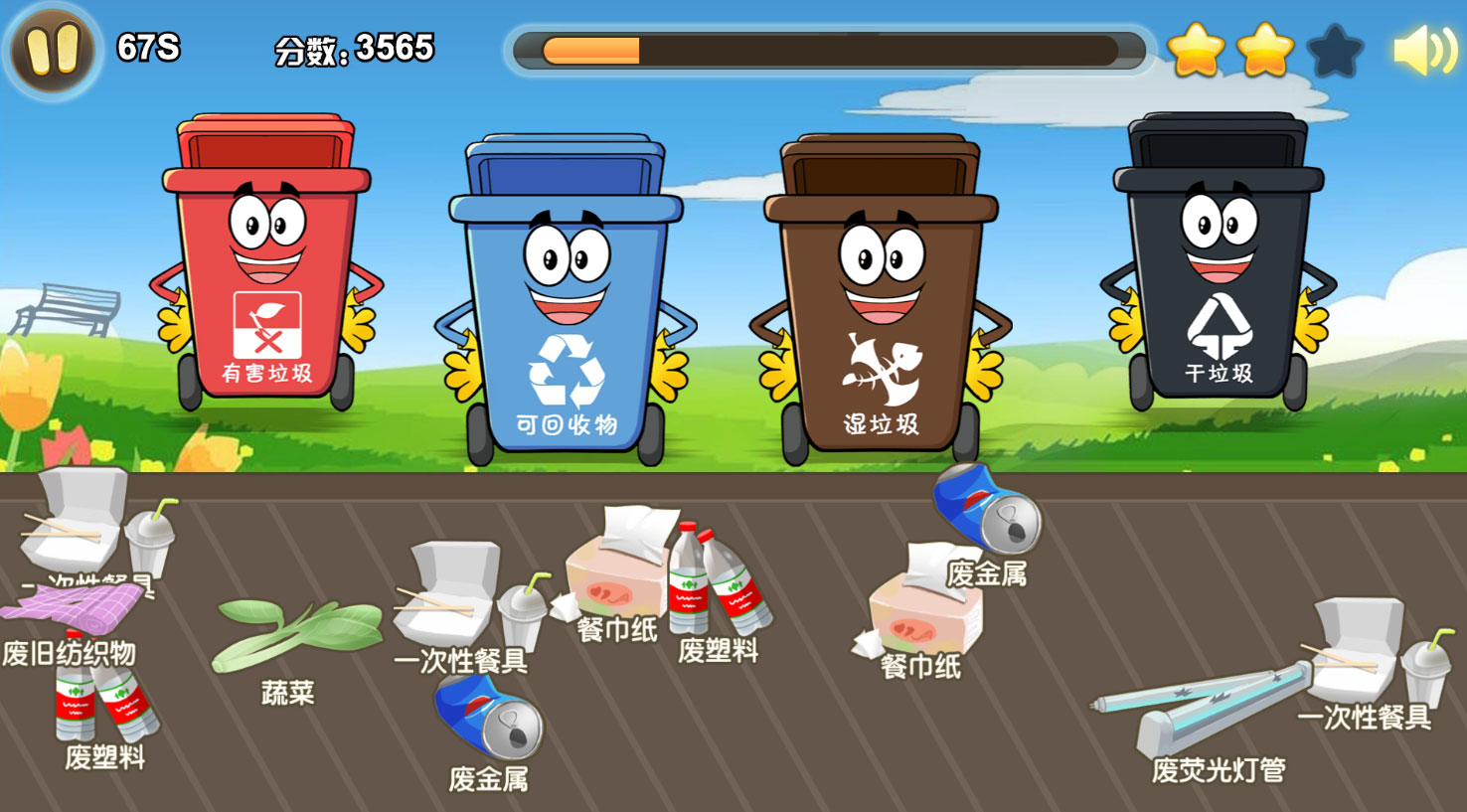 Screengrab via jggame.net
Screengrab via jggame.net
Can’t tell your recyclable waste from your residual waste? Check out this helpful game for a refresher.

![[How To]: Garbage Disposal and Recycling in China](https://www.life-china.com/wp-content/uploads/2020/05/ing.jpg)

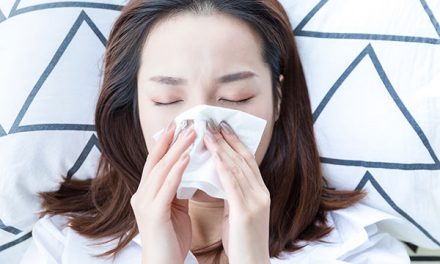
![[How to]: Take Care of Your Man Health This November](https://www.life-china.com/wp-content/uploads/2022/11/73f5-cde3-465e-8408-5220c7ed3b89.jpg.680.0-440x264.jpg)

Recent Comments